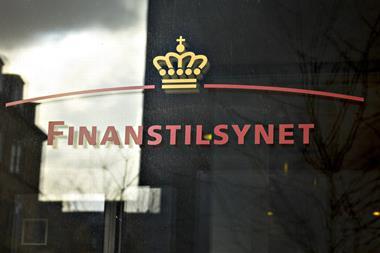Dutch civil service scheme ABP, the largest pension fund in the Netherlands with €474bn in assets under management, is switching to index investing because it considers itself too large to be able to beat the market.
“The added value of active investing is zero for us because we are such a large investor,” ABP president Harmen van Wijnen said in a podcast with IPE’s sister publication Pensioen Pro (listen here, in Dutch).
“With over €100bn in listed equities, we are so large that we automatically become average in terms of returns,” he added.

ABP currently invests in some 8,000 stocks, and it has underperformed the benchmark over the long term after costs. The scheme plans to halve the number of companies it owns in the process to some 4,000 which it will then hold for the long term.
“With our new index approach, we will deviate more from the benchmark so it becomes easier to beat,” said Van Wijnen. ABP plans to evaluate its index portfolio every two to three years to “evaluate whether we should sell some stocks or perhaps add some new ones,” he added.
80/20
Alongside its index-based portfolio, ABP is planning to keep running a smaller actively managed portfolio. “We are planning to keep investing about 20% of the portfolio actively, in a small number of stocks,” said Van Wijnen.
In doing this, the fund has been inspired by technology industry scheme PME, which has been running a concentrated portfolio of about 30 stocks for many years as a satellite alongside its passively managed portfolio.
“We regularly talk to other pension funds, we help each other, learn from each other and inspire each other,” said Van Wijnen.
Lower costs
The switch to index investing is also supposed to bring down investment management costs, but Van Wijnen doesn’t yet know by how much.
“But if it’s only 1% less, that would be too little. ABP’s asset management costs amounted to 0.63% of assets under management in 2022, 0.16% of which were performance fees, mainly for private equity managers. Last year, ABP asked consultancy Mercer to investigate whether it was overpaying external managers to manage its illiquid portfolios.
“Mercer concluded that we pay the market average. But the question is whether we should be paying this given that we are so big. We could be taking advantage of our scale,” according to Van Wijnen.
ABP is currently in talks with its asset manager APG, in which it has 92% ownership, to design a new index.
“I hope we will be done with this by the end of 2024. From 2025, we will then remodel our corporate and government bond portfolios,” said Van Wijnen.
ABP does not exclude employing other asset managers than APG to run parts of its portfolio. It recently introduced a new governance model with three full-time executive board members. Before, the fund was run exclusively by part-timers.
“We wanted to take the reins of the fund and become more independent from our asset manager APG. After all, we are the asset owner and bear the ultimate responsibility for our investments,” said Van Wijnen.
The latest digital edition of IPE’s magazine is now available






































No comments yet